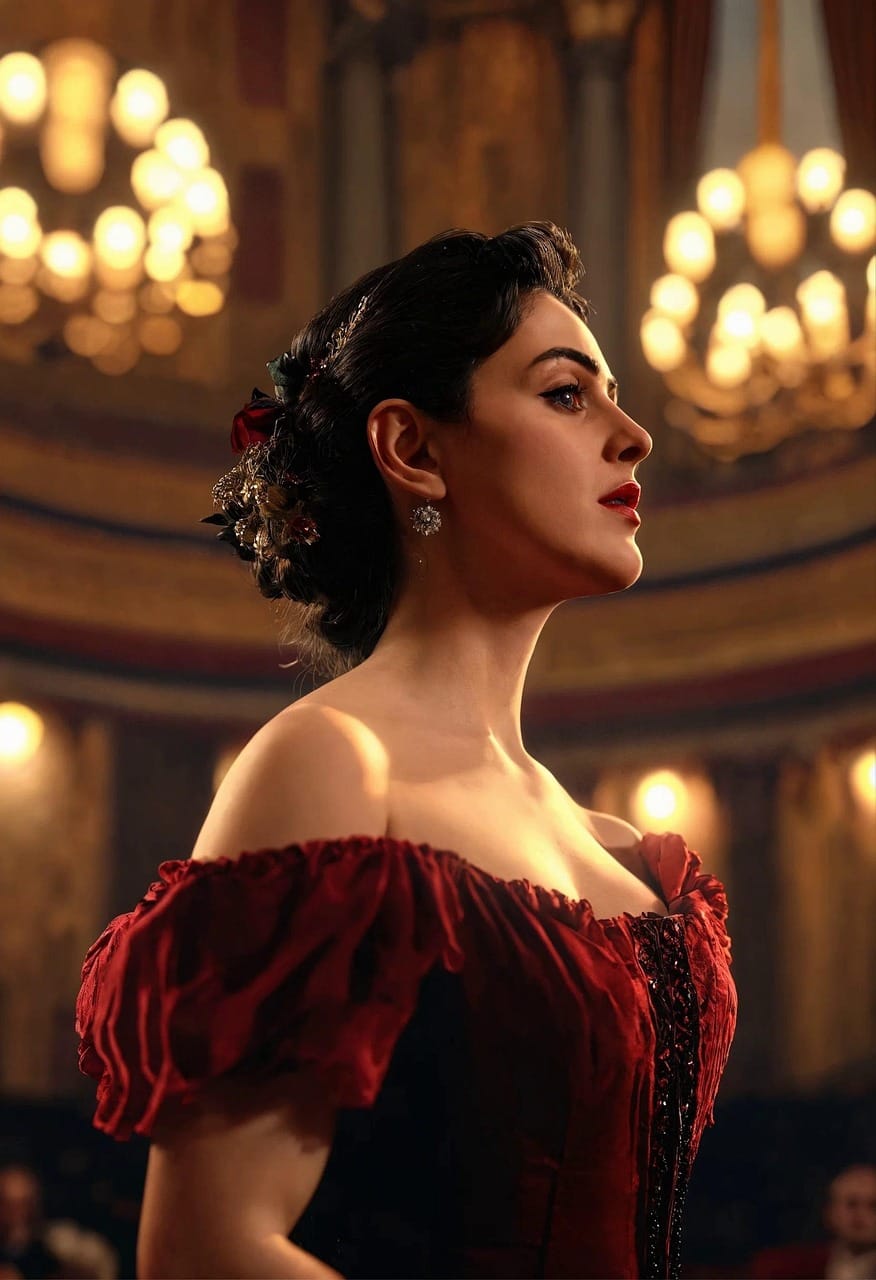

Introduction
The Dancing Sisters Sculpture Bartolini is one of the most graceful and captivating works of early 19th-century sculpture. Created by Italian master Lorenzo Bartolini, this artwork portrays the sisters Emma and Julia Campbell in an elegant waltz. In this article, we will explore the history, style, and legacy of this masterpiece, as well as the fascinating connections between Florence, Britain, and the neoclassical art world.
The Story Behind the Sculpture
To begin with, Lorenzo Bartolini sculpted the original plaster model of Dancing Sisters Sculpture Bartolini around 1819–1820. The work depicts Emma and Julia Campbell, the youngest daughters of Lady Charlotte Campbell, embraced in a delicate dance. Their flowing classical garments and tender expressions capture a perfect blend of elegance and intimacy.
The commission for this piece likely came from their uncle, George William Campbell, the 6th Duke of Argyll. Bartolini charged about 500 luigi (roughly £500 at the time) for the creation. A marble version of the sculpture was later carved and dedicated to John Flaxman, a celebrated English sculptor admired by Bartolini.
Artistic Style and Influences
Interestingly, the Dancing Sisters Sculpture Bartolini recalls Antonio Canova’s Three Graces in its composition and elegance. However, Bartolini’s approach differs in that he infused his figures with greater naturalism and emotional warmth. The embrace between the sisters is not merely a classical pose but a genuine moment of affection.
Bartolini’s artistic vision was shaped by his training in France, his admiration for Renaissance masters, and his commitment to blending neoclassical refinement with realistic human expression. This unique combination made him one of the most important sculptors in Italy after Canova’s death in 1822.
Journey Through Time
After its creation, the marble version of the sculpture is believed to have been sent to Inveraray Castle, the ancestral home of the Argyll family in Scotland. Centuries later, in 2015, it was jointly acquired by the Victoria and Albert Museum in London and the National Galleries of Scotland. This acquisition ensured that the public could continue to admire Dancing Sisters Sculpture Bartolini for generations to come.
Legacy and Cultural Importance
Ultimately, this sculpture is much more than a beautiful art piece — it represents the cultural ties between Italy and Britain, the refinement of neoclassical art, and Bartolini’s personal artistic innovation. Through Dancing Sisters Sculpture Bartolini, we witness not only the grace of Emma and Julia Campbell but also the evolution of 19th-century European sculpture. Now the original in plaster is located inside of Accademia Gallery in Florence in Bartolini’s collection.



